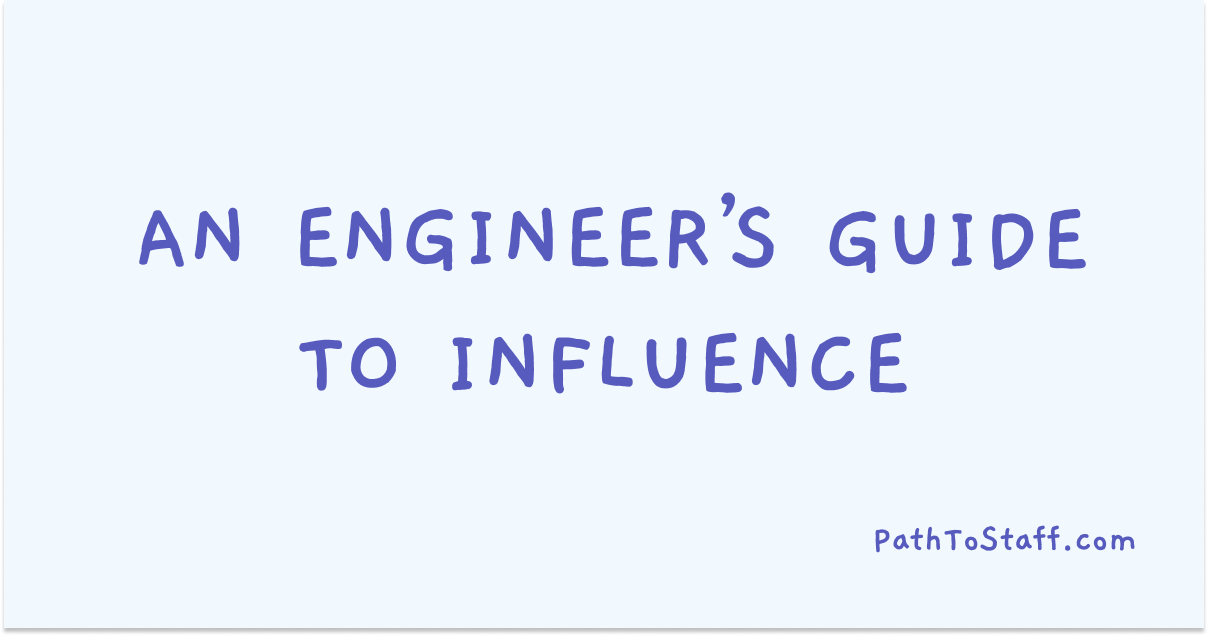An Engineer's Guide to Influence (Part Two)
Six concrete tips on how to turn your ideas into reality
Welcome back! We recently crossed 5100+ subscribers (!!). This week, we're continuing our series on An Engineer's Guide to Influence.
Influence is necessary as you level up and work with more teams and cross-functional partners. It helps you turn your idea into reality. But it's often not clear. If you haven't read the first half, check it out here.
In today's piece, I will outline the last three key tips for you on how I achieve influence.
Here's my six tips, including this week's three:
Understand your stakeholders' goals.
Build private consensus.
Make your case using the SCQA framework.
Go big on marketing.
Harness consistency.
If not today, plan for next time.
Tip 4: Go big on marketing.
If you've gotten alignment from using the SCQA method in Tip 3, it's time to go big on marketing.
To do that, you need to inform the rest of the company of what you're up to.
Post on your internal chats, groups, and emails. I like to get the word out by
Announcing a kickoff through meetings, emails and posts
Sha…
Keep reading with a 7-day free trial
Subscribe to Path to Staff Engineer to keep reading this post and get 7 days of free access to the full post archives.


